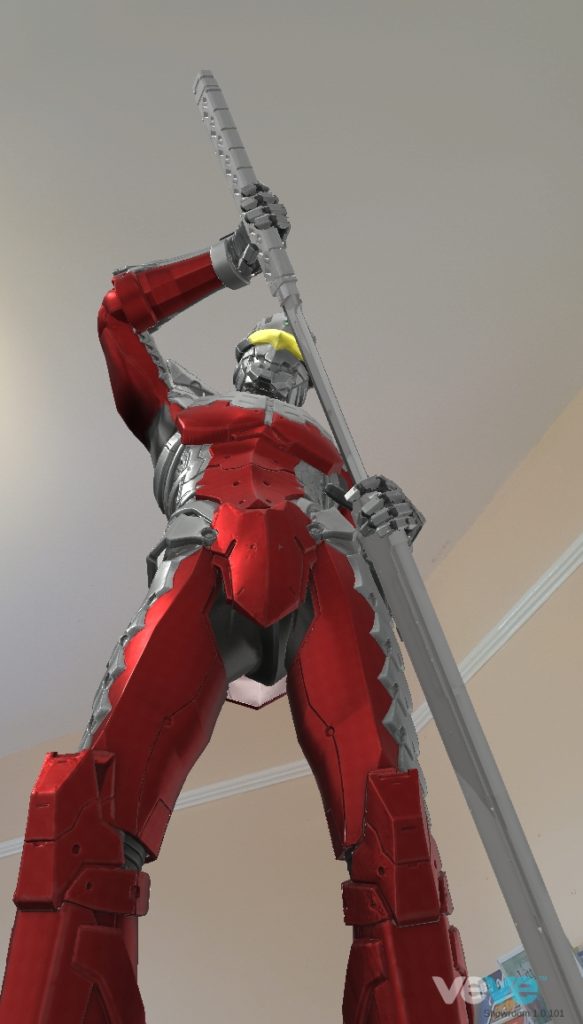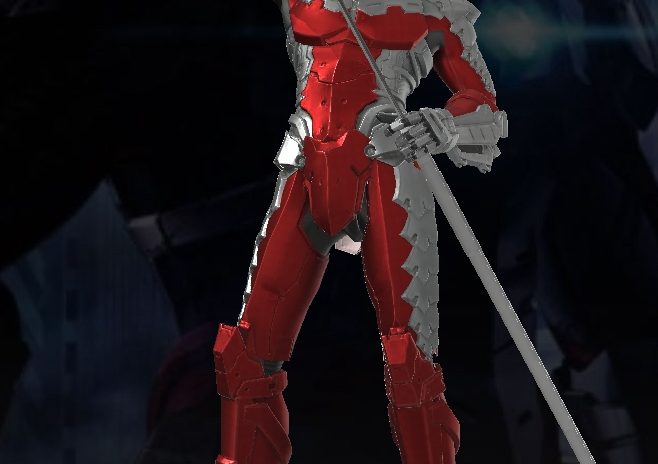What are NFTs (Non-Fungible Tokens)
Non-fungible tokens, or NFTs, are more hotter right now than a barbeque in June. What are they, how they work and why has the world has gone NFT-crazy in the last few months? Let’s discuss:
- What is an NFT?
Generally, these tokens are blockchain commodities that are not meant to be equal. A non-fungible token is almost like a cinema ticket. A movie ticket isn’t eligible for any movie, at any moment. It’s for a particular movie and a specific moment. Possession NFTs provide blockchain encryption and ease, but only with a single asset with a single value.
The catchiest term for a non-fungible token is impossible to gain points. The word “coin” indicates that it is a blockchain-related commodity – a token is basically a catch-all term for units on a blockchain, coding that specifies the specific NFT as well as its trading background. A bitcoin, for example, is a token, as is a dogecoin, and so on.
The “non-fungible” part refers to the distinction between, say, pound coins and Panini labels. One pound coin is basically the same as any other pound coin – it can be exchanged for the same value and has no material distinction between them. Everything that obeys these laws is referred to as “fungible.”
If units are “non-fungible,” it indicates that they vary from one another. If anyone gathered Panini stickers of Premier League football players, they may all be the same size and proportions and simply belong to the same collection – but people would respect one of a player they don’t have even more than one of a player they do.

Cryptocurrencies are exchangeable, which means that each bitcoin is worth the same as others and functions in the same way. NFTs, then, allow anything special to be documented on a blockchain.
Their proponents contend that this helps you to do something novel in the modern world: label something as the “original.” Although any reproduction of a single gif or jpeg is equal, there can only be one (or a small number) of NFT copies of it, producing a concept close to the real-world one of artists selling an original for much more than thousands of prints for far less.
- How do NFTs work?
Many NFTs are, at a top standard, are part of the Ethereum blockchain. Ethereum, like bitcoin or dogecoin, is a cryptocurrency, but the blockchain often supports certain NFTs, that hold extra information which allows them to function differently than, say, an ETH coin. Other blockchains, it should be acknowledged, will enforce their own implementations of NFTs.
- What is worth buying at the NFT supermarket?
NFTs may be something digital (such as sketches, songs, or the brain being downloaded and made into an AI), but the new buzz is focused on using the technology to sell digital artwork.
- How much are NFTs worth?
In general, anybody can tokenize their work and market it as an NFT, but recent reports of multi-million-dollar transactions have fueled curiosity.
An animated GIF of Nyan Cat, a 2011 picture of a flying pop-tart animal, sold for more than $500,000 on February 19. Grimes, a musician, sold a few of her visual art for more than $6 million a few months later.
Not only art is tokenised and marketed. Twitter co-founder Jack Dorsey has initiated an NFT with the first tweet, with bids approaching $2.5 million. Christie’s auction of a visual artist Beeple’s NFT for $69 million (£50 million) set a new record for digital art.
However, as for crypto-currencies, there are questions regarding the environmental effects of blockchain maintenance.
- Celebrities Are Rapidly Monetizing NFTs
Artists such as Linkin Park’s Mike Shinoda said, “I will never get even close to $10,000 after payments from DSPs, labels, marketing, and so on.” Shinoda premiered a music video for a new single on Rarible in February. Lindsay Lohan, YouTuber Logan Paul, and rapper Post Malone are among the other celebrities who have participated in NFTs. Celebrities are using NFTs in innovative forms to connect with fans. Post Malone collaborated with NFT artist Fvckrender and social money network Fyooz to airdrop new tokens to those who have enough FYZ NFTs to compete in Malone’s Celebrity World Pong League.
- Are Non-Financial Transactions (NFTs) a Part of the Future of Finance?
So, what does all of this mean? NFTs are currently seen as a source of capital. Their worth varies according to the item’s market. NFTs are purchased, traded, and sold in the same manner as stocks are, although this is not necessarily the case. When asked whether bitcoin would ever be used for anything more than an investment vehicle, Mark Cuban answered, “Yes.” If DeFi and BTC will co-evolve in such a way that BTC can essentially act as a bank account without any of the banks. That will result in utility for BTC.”
There are several ways for brands to test blockchain and NFTs. Mark Cuban refers to it as the “Wild West.” Blockchain-enabled environments are ripe for growth. Now is the time to lay the groundwork for NFTs and meet your brand’s new audience on the decentralized network.

